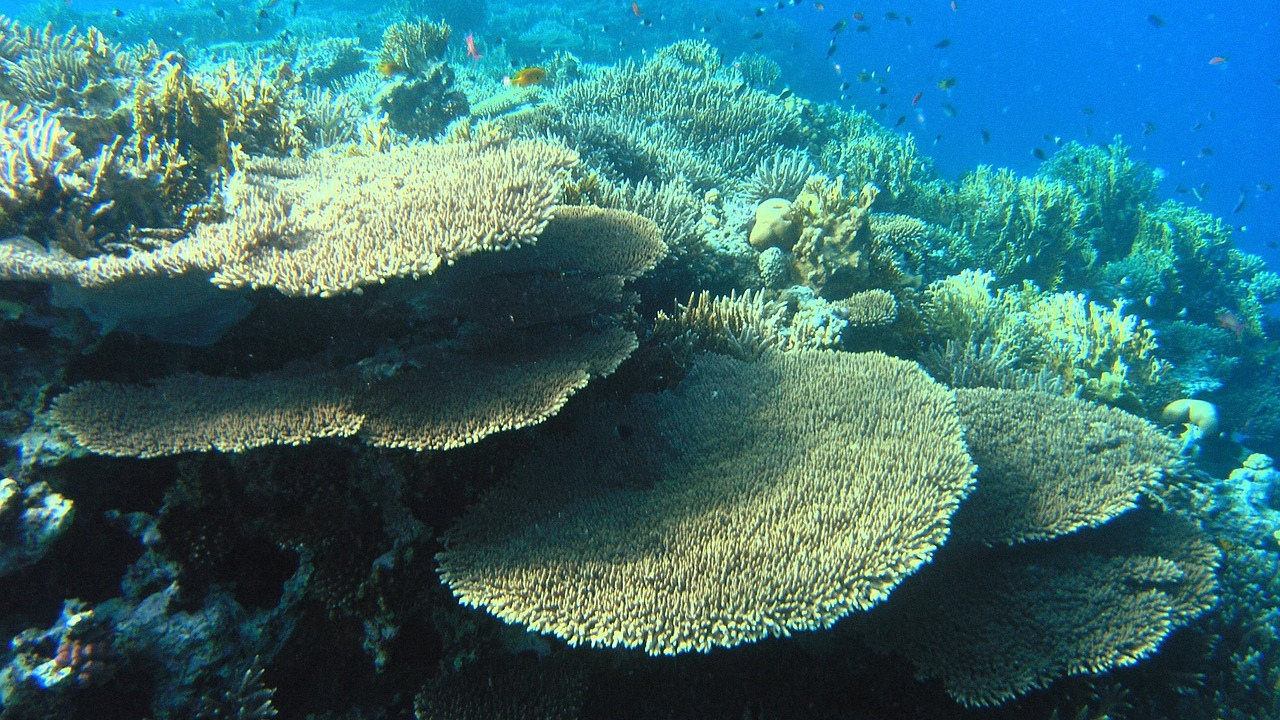
Pre-reading questions:
- What do you imagine the ocean floor looks like?
- Why is it important to learn about new animals in the ocean?
Vocabulary:
- deploy /dih-PLOI/
- superheated /soo-puhr-HEE-tuhd/
- diverse /dih-VURS/
- mysterious /mi-STEER-ee-uhs/
- biodiversity /bahy-oh-di-VUR-si-tee/
[verb] – to position or arrange
The company deployed its new software across all departments to improve efficiency.
[adjective] – heated to a temperature higher than its boiling point without becoming a gas
The superheated steam escaped from the pressure cooker, creating a hissing sound as it vented excess pressure.
[adjective] – including many different types of people or things
The city is known for its diverse population, representing cultures from around the world.
[adjective] – strange, not known, or not understood
The mysterious disappearance of the plane left investigators puzzled for years.
[noun] – the number and types of plants and animals that exist in a particular area or in the world generally, or the problem of protecting this
The rainforest is known for its incredible biodiversity, housing thousands of plant and animal species.
Article reading:
The research team deployed the SuBastian from the research vessel Falkortoo, using a special chisel to penetrate the rocky seabed and access these hidden habitats. This discovery shows the link between the seafloor and underground ecosystems, as larvae from these creatures may thrive in both areas. Gollner explained that hydrothermal vents release superheated, chemically rich water, creating a unique habitat that supports diverse life. This study not only uncovers new findings but also challenges previous views on ecological connections, highlighting the resilience of life in extreme conditions. As technology improves, further exploration of these mysterious environments may reveal even more about deep-sea ecosystems and their importance for global biodiversity.
Comprehension questions
- What vehicle did researchers use to study the East Pacific Rise?
- At what depth did scientists find giant tubeworms and other marine invertebrates?
- What significant finding did researchers discover for the first time?
- What tool did the research team use to access hidden habitats?
- What type of water do hydrothermal vents release?
Discussion questions
- Have you ever visited an aquarium or marine exhibit that showcased unique underwater life? If so, what was your favorite part of the exhibit? If not, what kind of marine life would you like to learn more about?
- Have you ever participated in a science project related to marine ecosystems? If so, what did you learn from that experience? If not, what topic in marine science interests you the most?
- Do you agree that exploring the deep ocean can lead to important scientific discoveries?
- Why do you think scientists are interested in studying hydrothermal vents and the unique ecosystems surrounding them?
- What are your thoughts on discovering new species of animals that have never been seen before? How does it make you feel?